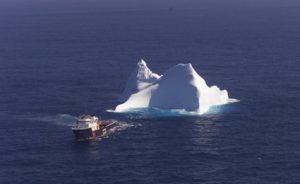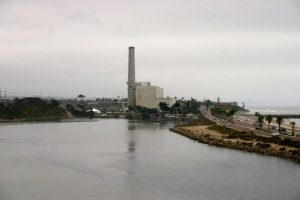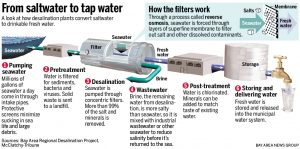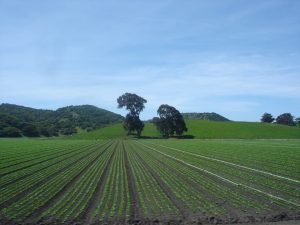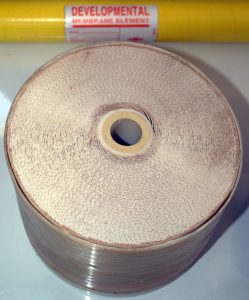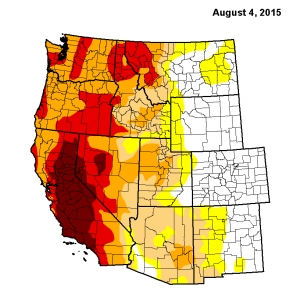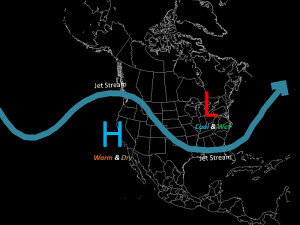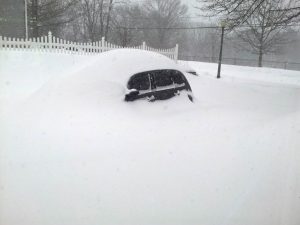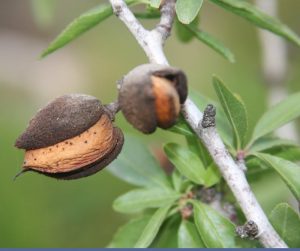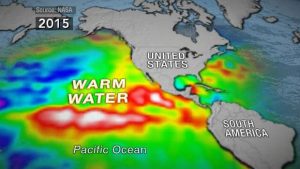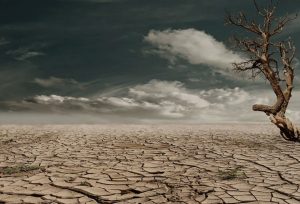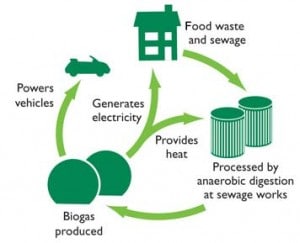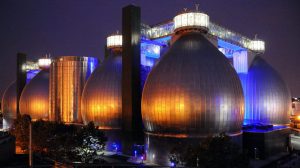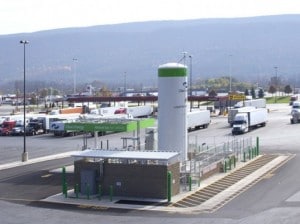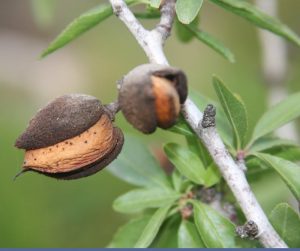
National Almond Day is February 16, but not everybody is celebrating. While the almond is a nutritious and delicious nut, it is also a water-intensive crop that is grown in one of the most drought-stricken areas of the United States – California. But is it actually the villain it has been cracked up to be? Let’s take a look at some facts.
Almonds contain the highest amount of protein of any tree nut, and they are also packed with fiber, calcium, vitamin E, niacin, riboflavin, phosphorus, and magnesium. This nutritional powerhouse adds a delightful crunch to salads or oatmeal, is easily packaged for a quick on-the-go snack, and can be made into almond butter or almond milk. In addition, almonds contain healthy fats and are frequently included in weight loss plans, as they help curb appetite.
On the flip side, almonds have recently drawn widespread criticism because of their water footprint. It takes roughly 1.1 gallons of water to grow just one almond, and almond trees are almost exclusively grown in water-parched California. California’s mild winters and dry summers, combined with its limited temperature range, make it the perfect climate for growing almond trees, as they are intolerant of extreme cold, excessive heat, and high humidity. In fact, over 99% of America’s almonds and over 85% of the world’s almonds are grown in California — and they account for over 10% of the state’s total water usage.
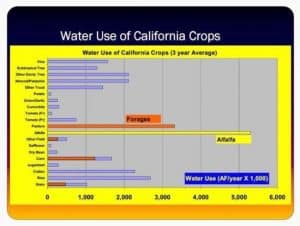
Considering that 98% of the state is under drought and California Governor Jerry Brown mandated that cities and towns cut their water usage by 25%, it’s no surprise that almonds have come under heavy fire. After all, unlike other crops whose fields go fallow on a seasonal basis, almond trees require year-round watering, and the water footprint — 46 gallons of water per each 1-oz. serving of almonds — appears to be an alarming statistic. But let’s look at some additional statistics to put it into perspective. To produce one 4-oz. serving of rice requires about 83 gallons of water, one 0.5-oz. serving of chocolate requires about 130 gallons, and that quarter pound hamburger? A whopping 660 gallons of water. In fact, the California meat and dairy industry accounts for about 47% of the state’s total water usage. Almond opponents note that the amount of land used for almond production has grown by almost 50% over the last ten years. However, it should also be noted that much of the land in question replaced land previously used for growing rice, which is arguably a thirstier crop on a per serving basis.
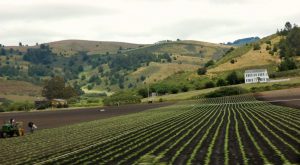
Perhaps the answer is to reduce the amount of agriculture in California. After all, a staggering 80% of California’s developed water is used for agriculture. But consider this: California has the world’s eighth largest economy, and it produces about half of all the fruits, vegetables, and nuts consumed in the United States. California produces more than 90% of all the domestically consumed tomatoes, strawberries, and broccoli, and nearly 100% of our pistachios, almonds, and walnuts. So unless Americans are willing to forgo many lunch and dinner staples, ending agriculture in California may not be the answer.
Then what is the solution? Admittedly, it is not a simple one. Conservation certainly plays a role, as does the innovation and implementation of new, sustainable technology. Harvesting rainwater, reusing wastewater, desalination, and banking groundwater are existing, viable solutions. Also, considering our nation loses 1.7 trillion gallons of clean, treated water per year to leaks — or about one and a half times the total amount of water used by almond trees per year — repairing our failing infrastructure must be a national priority. Even small changes, like eating one vegan dinner per week or planting white clover instead of grass, can have significant impact when implemented on a large scale.

So on National Almond Day, feel free to enjoy your green beans almondine or indulge in an almond joy dessert, while also being cognizant of our nation’s water crisis. If Americans can implement small modifications to personal habits while committing to investing in infrastructure and sustainable technology, our nation can be assured of having adequate clean, safe water — and almonds — for generations to come.
Happy National Almond Day!

